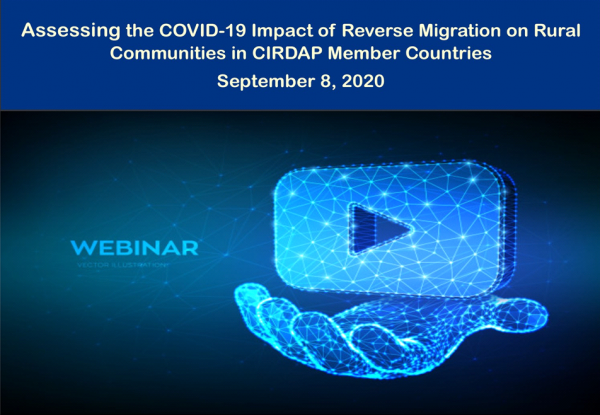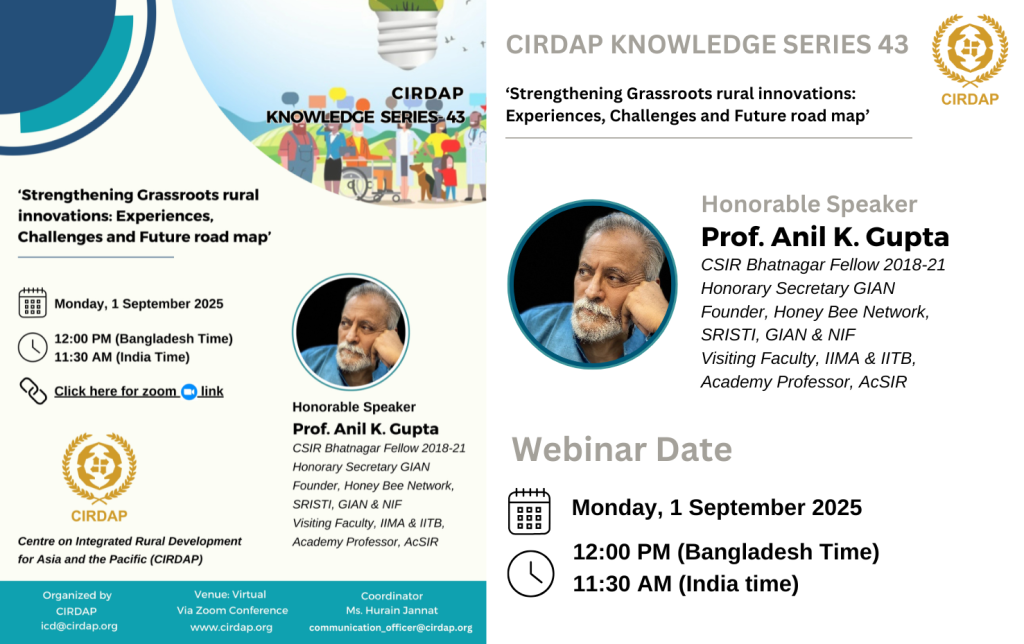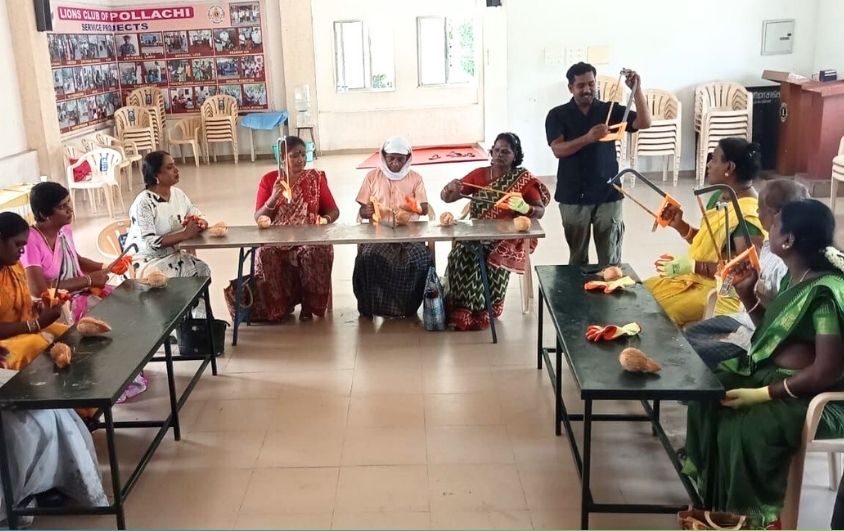
Theme of the Webinar
Migration out of the rural community is believed (and found) to enhance people’s well-being through reducing rural unemployment with better and diverse job opportunities outside, improving the quality of rural lives with better livelihood opportunities within, decreasing rural poverty and income inequality substantially, releasing pressure on natural resources in rural areas, and so on. Migration has helped increase productivity where it is strategically managed and linked to the formal economy. Such a migration is found to accelerate the economic development of rural areas along with maintaining the macroeconomic stability and overall development of a country. These beneficial effects are reflected in the statistics that there are an estimated 232 million international migrants (UN DESA, 2013) and 740 million internal migrants (UNDP, 2009) in the world. The number of international migrants was 272 million globally (3.5% of the world’s population) in 2019.
Internal migration is almost three times the external/international migration. Every day an estimated 120,000 people are migrating to cities in the Asia Pacific region and, by 2050, the proportion of people living in urban areas is likely to rise to 63 per cent. The Asia–Pacific region has added nearly 1 billion people to its urban population between 1990 and 2014. Now a large number of international migrants are returning to their country of origin due to non-availability of jobs in destination countries. In addition to COVID-19, many Middle-Eastern Countries are losing oil revenues due to low prices of oil which prompted them to cut down employment opportunities for foreigners. Internal migrants are returning to rural areas due to the cut in their job opportunities and wages in urban areas. Large scale reverse migration to rural areas seems inevitable due to COVID-19 and other global realities.
The question is what are the likely consequences of reverse migration on the rural community in the short-, medium-and long-term? Can it raise rural unemployment, increase rural poverty and inequality, shrink rural economy, exacerbate natural resources and climate issues in rural areas, and reduce the overall rural well-being? If so, what are the remedial measures that we can suggest to address them across CMCs?
If you are interested to join this re-scheduled webinar, please contact us in this email – chandra@cirdap.org.



